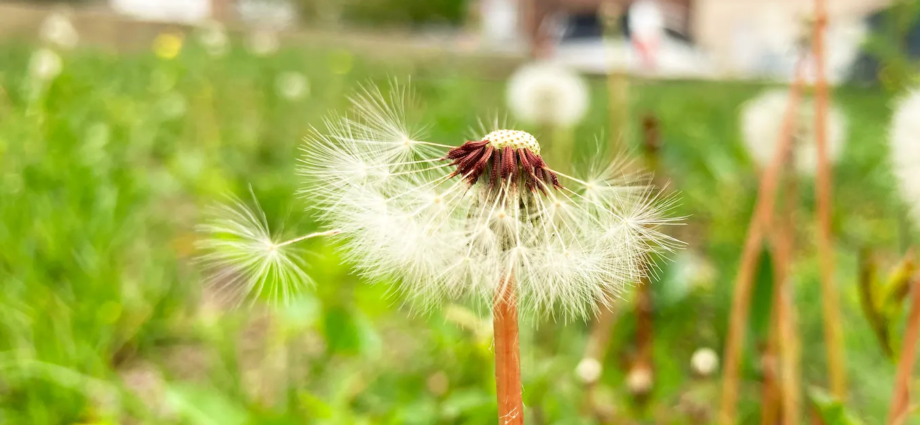
Benjamin Bolden, Queen’s University, Ontario
May 16, 2023
Young people have a vital role to play in addressing global crises today. Around the world, arts education is helping youth understand the issues, connect with them emotionally and take action.
The United Nations Sustainable Development Goals identify some of the most critical challenges confronting humanity. These include taking urgent action to combat climate change and its impacts (Goal 13), promoting just, peaceful and inclusive societies (Goal 16), and conserving life on land (Goal 15).
Together these goals indicate a path toward a healthy future for our communities and planet. My research investigates how arts education is advancing the UN Sustainable Development Goals. Here are some examples.
Climate action
Visual, performing and narrative arts are moving beyond just raising awareness about climate change. Diego Galafassi, who researches the role of the arts in sustainability, argues the arts can foster the disposition and imagination required to address the climate crisis. Arts activities can provoke positive emotions such as hope, responsibility, care and solidarity that, in turn, inspire resilience and climate action.
In an international survey of arts educators that I am undertaking, a respondent from Québec described a project with high school students. Building on a vibrant tradition of climate change artwork, the young artists created publicly displayed sculptures.
First, students informed themselves about the various issues associated with the climate emergency (extreme weather, air pollution, melting ice, forest fires and so on). Next, each student chose an issue that was personally meaningful and created a sculpture to address it. Finally, the students identified a location to exhibit their work for maximum impact, taking into consideration the people most affected and those who were causing the problem.
The students exercised the potential of art to leverage visual codes for communicating, engaging and provoking action.
Eco-anxiety is a very real source of distress for young people today. As a key coping strategy, medical professionals recommend taking action to understand and address environmental concerns. As this example illustrates, the arts can serve as a venue for young people to actively engage with the issues.
Just and peaceful societies
The arts promote just, peaceful and inclusive societies through a variety of mechanisms. Arts activities can frame a relationship or issue in ways that strengthen empathy and open minds to new perspectives and possibilities for change.
The arts can facilitate dialogue between opposing groups, rebuild empathy and trust in communities ravaged by conflict and promote tolerance and acceptance of ethnic, linguistic and cultural diversity which find expression in varied arts genres.
My research team interviewed a theatre and music teacher in the Democratic Republic of Congo. At a time of intense conflict, he formed a youth choir to promote peace. The choir addressed politicians through a program of song and dance entitled Blessed are the Princes of Peace. The choir performed at the seat of the National Assembly in Kinshasa and at peace-building events.
The teacher told us collaborating for this cause developed a powerful sense of solidarity amongst the performers. They were drawn together by their mutual commitment. The experience enabled them to see the potential of artistic work for drawing and focusing attention on crucial societal issues.
Life on land
The arts can also contribute to biodiversity conservation. Artists tell stories of how biodiversity contributes to our quality of life and how human activities impact the loss of species. They envision possibilities for more harmonious human-nature interactions.
In the survey of arts educators, a teacher at a school in Poland described an elaborate theatre project with primary students. The Sad and Cheerful Story of a Certain Dandelion featured a local plant species, Taraxacum Pieninicum, in danger of extinction. Students learned about the plant, created a script explaining threats to the species’ survival and encouraged audiences to take action to protect it.
The show was performed with different casts across the country between 2010 and 2019. The teacher reported students learned theatrical skills and the importance of taking care of the natural environment. The project also gave the children the chance to powerfully experience how they can advocate through art.
For young people seeking to engage with the world’s most critical challenges, the UN Sustainable Development Goals can serve as an entry point. The arts open up possibilities to take action.
Subscribe to our newsletter.
Benjamin Bolden, Associate Professor; UNESCO Chair in Arts and Learning, Queen’s University, Ontario
This article is republished from The Conversation under a Creative Commons license. Read the original article.

